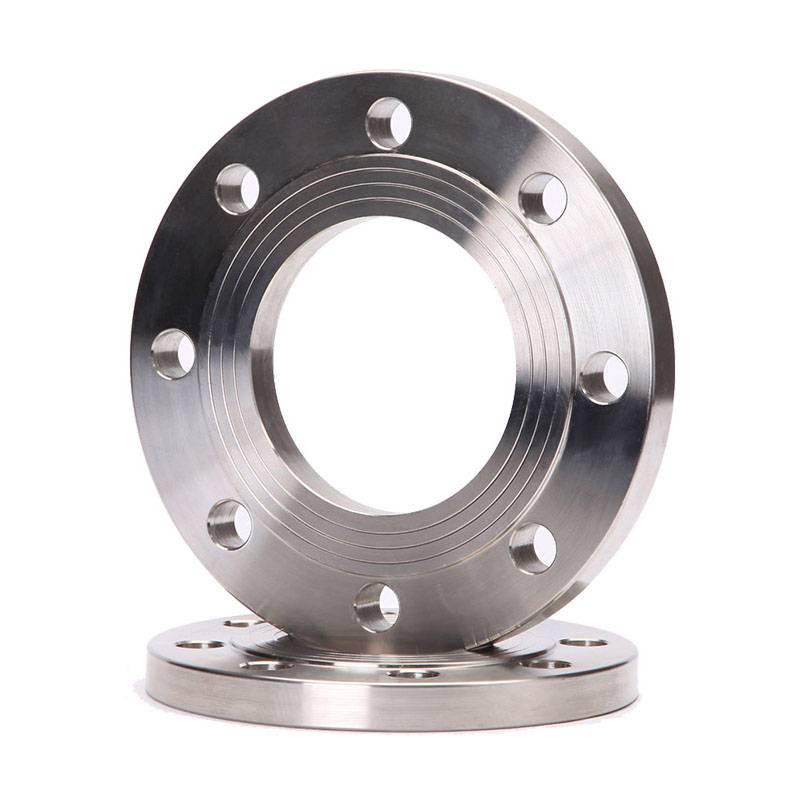-
Cangzhou Yulong Steel Co., Ltd.
-
Phone:
+86 13303177267 -
Email:
admin@ylsteelfittings.com
- English
- Arabic
- Italian
- Spanish
- Portuguese
- German
- kazakh
- Persian
- Greek
- French
- Russian
- Polish
- Thai
- Indonesian
- Vietnamese
- Zulu
- Korean
- Uzbek
- Hindi
- Serbian
- Malay
- Ukrainian
- Gujarati
- Haitian Creole
- hausa
- hawaiian
- Hebrew
- Miao
- Hungarian
- Icelandic
- igbo
- irish
- Japanese
- Javanese
- Kannada
- Khmer
- Rwandese
- Afrikaans
- Albanian
- Amharic
- Armenian
- Azerbaijani
- Basque
- Belarusian
- Bengali
- Bosnian
- Bulgarian
- Catalan
- Cebuano
- China
- China (Taiwan)
- Corsican
- Croatian
- Czech
- Danish
- Esperanto
- Estonian
- Finnish
- Frisian
- Galician
- Georgian
- Kurdish
- Kyrgyz
- Lao
- Latin
- Latvian
- Lithuanian
- Luxembourgish
- Macedonian
- Malgashi
- Malayalam
- Maltese
- Maori
- Marathi
- Mongolian
- Myanmar
- Nepali
- Norwegian
- Norwegian
- Occitan
- Pashto
- Dutch
- Punjabi
- Romanian
- Samoan
- Scottish Gaelic
- Sesotho
- Shona
- Sindhi
- Sinhala
- Slovak
- Slovenian
- Somali
- Sundanese
- Swahili
- Swedish
- Tagalog
- Tajik
- Tamil
- Tatar
- Telugu
- Turkish
- Turkmen
- Urdu
- Uighur
- Welsh
- Bantu
- Yiddish
- Yoruba

Dec . 14, 2024 19:35 Back to list
rolled and welded pipe
Rolled and Welded Pipe An Overview of a Critical Manufacturing Process
In the world of industrial manufacturing, the need for strong, durable piping solutions is paramount. Among various methods of pipe production, rolled and welded pipe stands out due to its efficiency and strength. This article delves into the intricacies of rolled and welded pipe manufacturing, its applications, advantages, and the innovative technologies shaping its future.
The Manufacturing Process
The rolled and welded pipe manufacturing process begins with large sheets of metal, typically steel. The initial step involves heating these sheets until they become malleable. They are then passed through rollers, which shape the metal into a cylindrical form. Once the metal reaches the desired diameter, the edges are prepared for welding. This preparation can involve various processes including beveling or cleaning to ensure a strong bond.
The welding technique employed in the process is crucial. There are several methods available, including the Submerged Arc Welding (SAW) method, which is particularly popular due to its deep penetration and high deposition rates, and the Electric Resistance Welding (ERW) method that uses electrical current to heat the edges of the pipe until they fuse together. The choice of welding method depends on the desired properties of the final product, including strength, durability, and cost-effectiveness.
Applications
Rolled and welded pipes are utilized across a wide array of industries. They are essential in the construction of pipelines for water, oil, and gas—delivering these vital resources from one point to another. Moreover, rolled and welded pipes are commonly used in the manufacturing of structural components in buildings and bridges, as their strength and sturdy design meet the rigorous demands of modern architecture.
In the context of energy production, these pipes play a critical role in various applications, including the construction of offshore platforms and refineries. The chemical and petrochemical industries also rely heavily on rolled and welded pipes due to their capacity to handle high-pressure and corrosive environments.
rolled and welded pipe

Advantages
One of the primary advantages of rolled and welded pipe is its cost-effectiveness. The process allows for the production of long lengths of pipe with minimal waste material. Additionally, the ability to create pipes of varying diameters and thicknesses makes rolled and welded pipes an adaptable choice for different projects.
Another benefit is the mechanical properties of the welded joints. Advanced welding technologies have vastly improved the quality and strength of these joints, often surpassing the properties of the base material itself. This enhancement makes rolled and welded pipes suitable for high-stress applications, contributing to the overall safety and reliability of the infrastructure.
Technological Innovations
As industries evolve, so too do the technologies used in the manufacturing of rolled and welded pipes. Automation and robotics have begun to play a significant role in increasing precision and reducing labor costs. Furthermore, advancements in welding techniques, such as laser welding and hybrid methods, are being explored to improve the speed and quality of production while minimizing thermal distortion.
In addition, the integration of smart technologies into the manufacturing process allows for real-time monitoring and adjustments. This approach not only enhances product quality but also ensures that manufacturers adhere to stringent safety and regulatory standards.
Conclusion
Rolled and welded pipe production is a cornerstone of modern industry, offering a blend of efficiency, strength, and adaptability. Its applications are vast, spanning various critical sectors from construction to energy production. As technology continues to advance, the future of rolled and welded pipe manufacturing looks promising, with innovations that are set to enhance production techniques and further solidify its importance in the industrial landscape. Understanding this process is essential for anyone involved in the fields of manufacturing, construction, and engineering, as the pipes produced through this method play an integral role in the infrastructure supporting our everyday lives.
Latest news
-
ANSI 150P SS304 SO FLANGE
NewsFeb.14,2025
-
ASTM A333GR6 STEEL PIPE
NewsJan.20,2025
-
ANSI B16.5 WELDING NECK FLANGE
NewsJan.15,2026
-
ANSI B16.5 SLIP-ON FLANGE
NewsApr.19,2024
-
DIN86044 PLATE FLANGE
NewsApr.19,2024
-
DIN2527 BLIND FLANGE
NewsApr.12,2024
-
JIS B2311 Butt-Welding Fittings LR/SR 45°/90° /180°Seamless/Weld
NewsApr.23,2024
-
DIN2605-2617 Butt-Welding Fittings LR/SR 45°/90°/180° Seamless/Weld
NewsApr.23,2024











